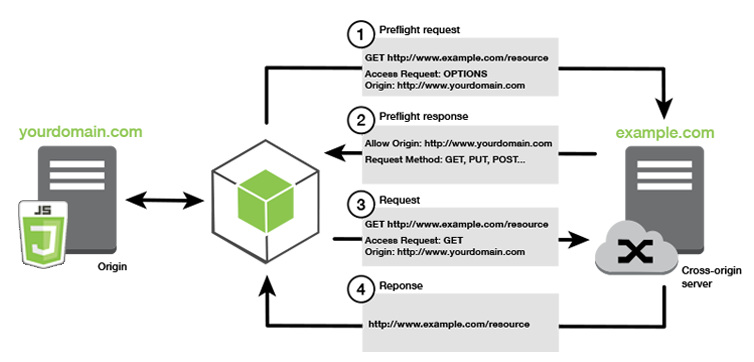Web and Server Concepts
Contents
- General Web Concepts
- DNS
- Client - Server Architecture
- Ports and Sockets
- Web vs Application Server
- Network Protocols
- HTTP protocol & status codes
- Session and cookies
- CORS
General Concepts
- URL (UNIFORM RESOURCE LOCATOR) - The address of a World Wide Web page
- WWW - the universe of network-accessible information, an embodiment of human knowledge.
-
Internet - A global collection of computer networks that are linked together by routers and use a common set of protocols for data transmission known as TCP/IP
- How does it work?
-
Browser - A software on your computer that allows you to access the World Wide Web
- How does it work?
How does A Browser work?
- Resource Gathering - fetching all the assets
- Parse HTML & Create DOM tree
- Create Render Tree from DOM Tree - applying styles
- Layout - Position and give size (boxes)
- Painting - using UI backend - (overlapping happens here)
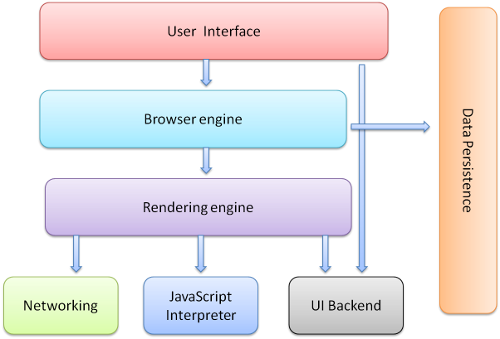
Client Server Architecture
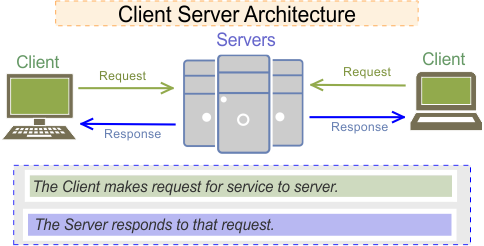
DNS
- The Domain Name System
- Used to resolve human-readable hostnames like www.example.com into machine-readable IP addresses like 93.184.216.34
- When you visit a domain, your computer follows a series of steps to turn the human-readable web address into a machine-readable IP address.
-
Steps
- Step 1: Request information
- Step 2: Ask the recursive DNS servers
- Step 3: Ask the root nameservers
-
Step 4: Ask the TLD nameservers
-
Step 5: Ask the authoritative DNS servers
-
Step 6: Retrieve the record
-
Step 7: Receive the answer
Ports & Sockets
- The network port identifies the application or service running on the computer.
- A port number is a 16-bit unsigned integer, thus ranging from 0 to 65535.
- The use of ports allows computers/devices to run multiple services/applications.
- A socket is the combination of IP address plus port. A connection between two computers uses a socket.
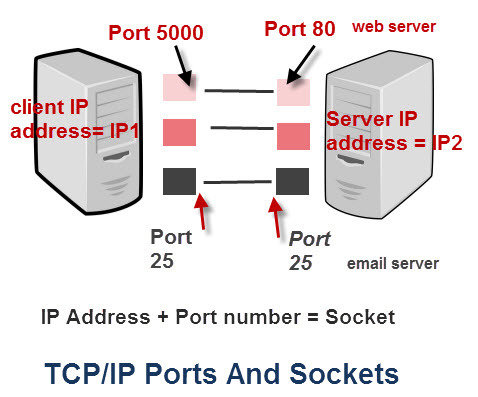
Network Protocols
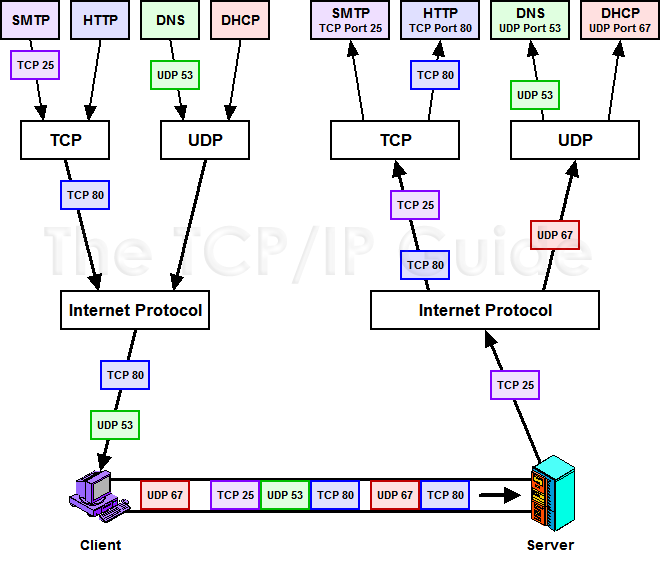
Web Vs Application Server
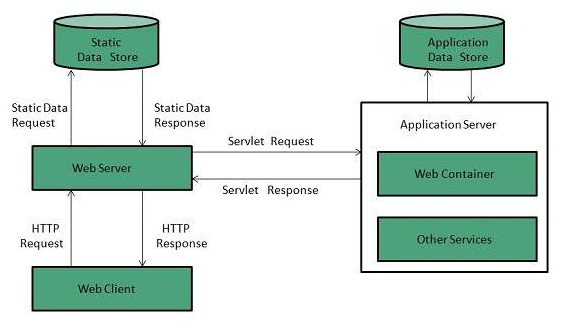
- A Web server exclusively handles HTTP requests, whereas an application server serves business logic to application programs through any number of protocols.
- Web Server is mostly designed to serve static content, though most Web Servers have plugins to support scripting languages like Perl, PHP, ASP, JSP etc.
HTTP
- Follows Client-server Model
- It's an Application layer protocol - HTTP uses TCP as its transport layer protocol
- Stateless protocol - one request is not dependent on any other request
- HTTP methods - GET / POST
-
Supports Headers (Request and Response Headers)
- Content-Type - text, image etc.
- Cache-Control
- WWW-Authenticate
-
Status Codes
- OK - 200
- Not Found - 404
- Unauthorised - 401
- Unprocessable Entity - 422
- Internal Server Error - 500
Session & Cookies
- A cookie is a small piece of text stored on a user's computer by their browser. Common uses for cookies are authentication, storing of site preferences, shopping cart items, and server session identification.
- A cookie is a great way of linking one page to the next for a user's interaction with a web site or web application.
- A session can be defined as a server-side storage of information that is desired to persist throughout the user's interaction with the web site or web application.
- A session id is passed to the web server every time the browser makes an HTTP request (ie a page link or AJAX request).
CORS
-
Cross Origin Resource Sharing
-
Access-Control-Allow-Origin headers
